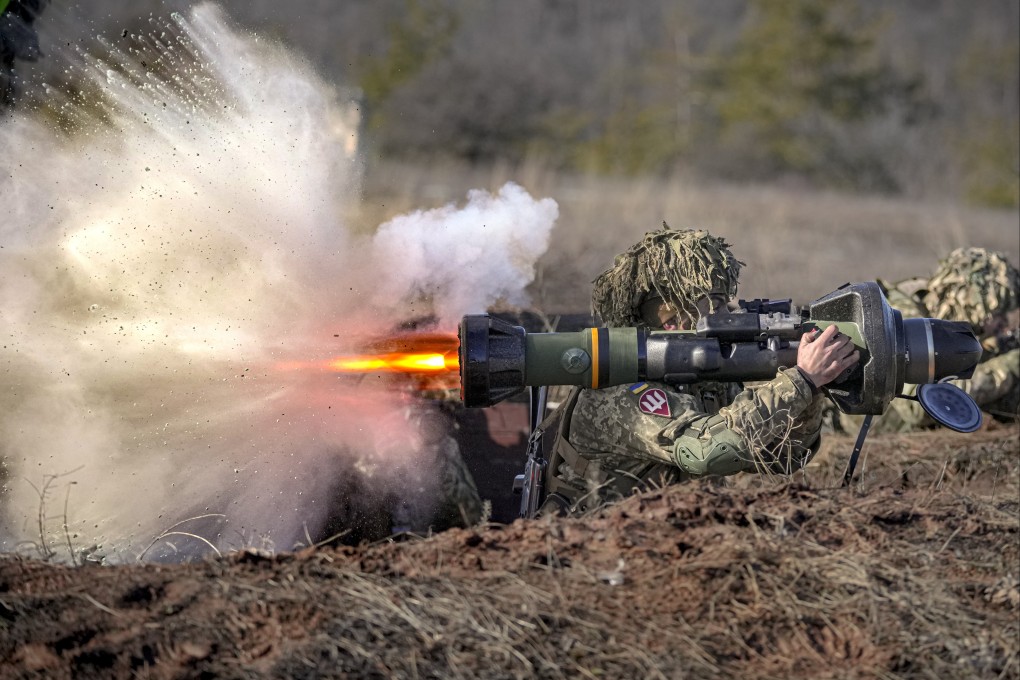Opinion | Ukraine war live-streams – how much of what we are seeing is true?
- The Ukraine war is not the first conflict where data recorded on commercial tech has been weaponised. Islamic State did it first with drones in the Middle East
- But the quantity of daily footage makes Clausewitz’s fog of war more impenetrable and calls for a new legal paradigm – especially as war crimes investigations gather pace

When a missile bombardment signalled the start of the assault on Ukraine on February 24, the prediction was Russian tanks would follow swiftly, and Kyiv would fall in a matter of weeks.
The Russian advance, experts anticipated, would be supported by air cover, protected against the Ukrainian air force by the sophisticated S-400 surface-to-air missile system, and complemented by the Krasukha electronic warfare system, which would counter drones.
Now, seven weeks later, predictions of a swift and decisive victory have turned to dust. Northern Ukraine has become a graveyard for Russian armour, and many of the fearsome Battalion Tactical Groups (BTGs) have been rendered combat ineffective.
The number of Russian troops killed in action has been estimated to be as high as 10,000 or more.
When Moscow pulled its troops from the north, its diplomats called the move “a concession to increase mutual trust and create the necessary conditions for further negotiation” over a ceasefire.

